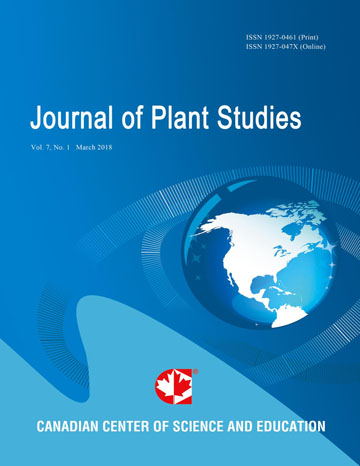Allometric Equations for Estimation of Below-ground Biomass of Two Dominants Shrub Species of Burkina Faso
- Abdoulaye Tyano
- Mipro Hien
- Barthelemy Yelemou
Abstract
Deforestation leads to a significant loss of carbon and contributes indirectly to climate change. This study was carried out in four types of formations in the Sudanian zone of Burkina Faso to assess the contribution of plant species to climate change mitigation. The below-ground biomass of two species (Piliostigma reticulatum and Guiera senegalensis) was determined by the direct method. Three classes of subjects were determined and a total of 80 shrubs of P. reticulatum and 90 shrubs of G. senegalensis were completely excavated. The results showed that P. reticulatum measures about 0.49 to 2.10 m in height, 3.58 to 25 cm in circumference at the base of the trunk and stores 0.18 to 3.68 tC/ha in the root biomass (respectively after 3 years and 15 years) for a 3x3m plantation. In the 15-year fallow dominated by G. senegalensis stands, 3.93 tC/ha are stored by the underground biomass of G. senegalensis shrubs. Model fit showed that there is a good correlation between circumference at the base of the trunk and below-ground biomass for P. reticulatum. For G. senegalensis, it is the total height of the foot that is most correlated with the below-ground biomass. These results provide information on the carbon sequestration potential of these two species, and can thus help in the decision-making process for climate change adaptation and/or mitigation policies.
- Full Text:
 PDF
PDF
- DOI:10.5539/jps.v12n1p37
Index
- AGRICOLA
- CAB Abstracts
- CABI
- CAS (American Chemical Society)
- CNKI Scholar
- Elektronische Zeitschriftenbibliothek (EZB)
- Excellence in Research for Australia (ERA)
- Google Scholar
- JournalTOCs
- Mendeley
- Open policy finder
- Scilit
- Standard Periodical Directory
- Technische Informationsbibliothek (TIB)
- WorldCat
Contact
- Joan LeeEditorial Assistant
- jps@ccsenet.org
